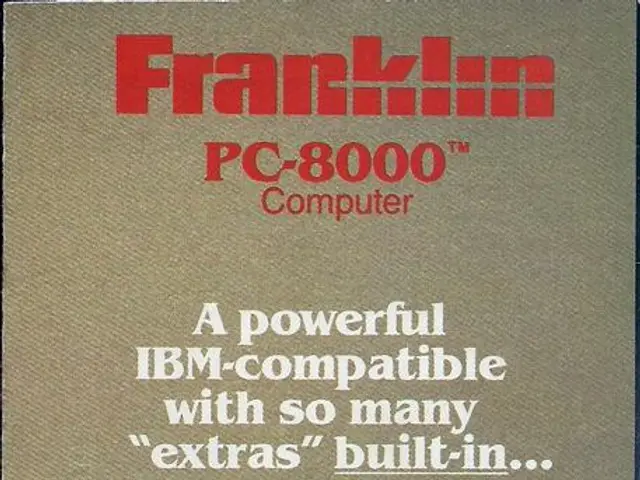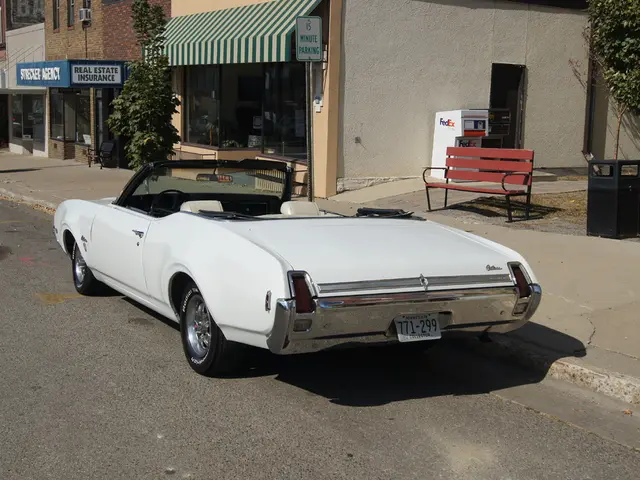EU Unveils 20-Year Plan for High-Speed Rail Network
The European Union is set to revolutionise its rail network. On October 21, German Federal Minister Volker Wissing is expected to unveil a master plan for high-speed connections linking all EU capitals and major cities with populations over 250,000. The ambitious project, dubbed the European High-Speed Rail Network, aims to be completed in 20 years.
The network will span over 49,400 kilometres of track, with trains travelling at speeds ranging from 250 km/h to 350 km/h. It is expected to carry 50% of long-distance passengers by high-speed train and 20% by conventional train. The project is estimated to cost €546 billion and will be funded through European and national programmes, as well as defence infrastructure spending.
The current rail network is facing challenges, with about 5-10% of it already saturated. This limits the addition of more trains. However, the network's expansion is crucial for reducing congestion and encouraging more people to travel by train. The recent conflict in Ukraine also highlighted rail transport's importance, serving as a key means of transport for refugees.
The European High-Speed Rail Network promises to transform travel across the continent. By connecting all major cities and increasing train speeds, it aims to attract more passengers and reduce congestion. With a 20-year timeline and an estimated cost of €546 billion, the project is a significant investment in Europe's future. Its successful implementation could unlock further private and public sector investments, currently hindered by the lack of rail infrastructure.







